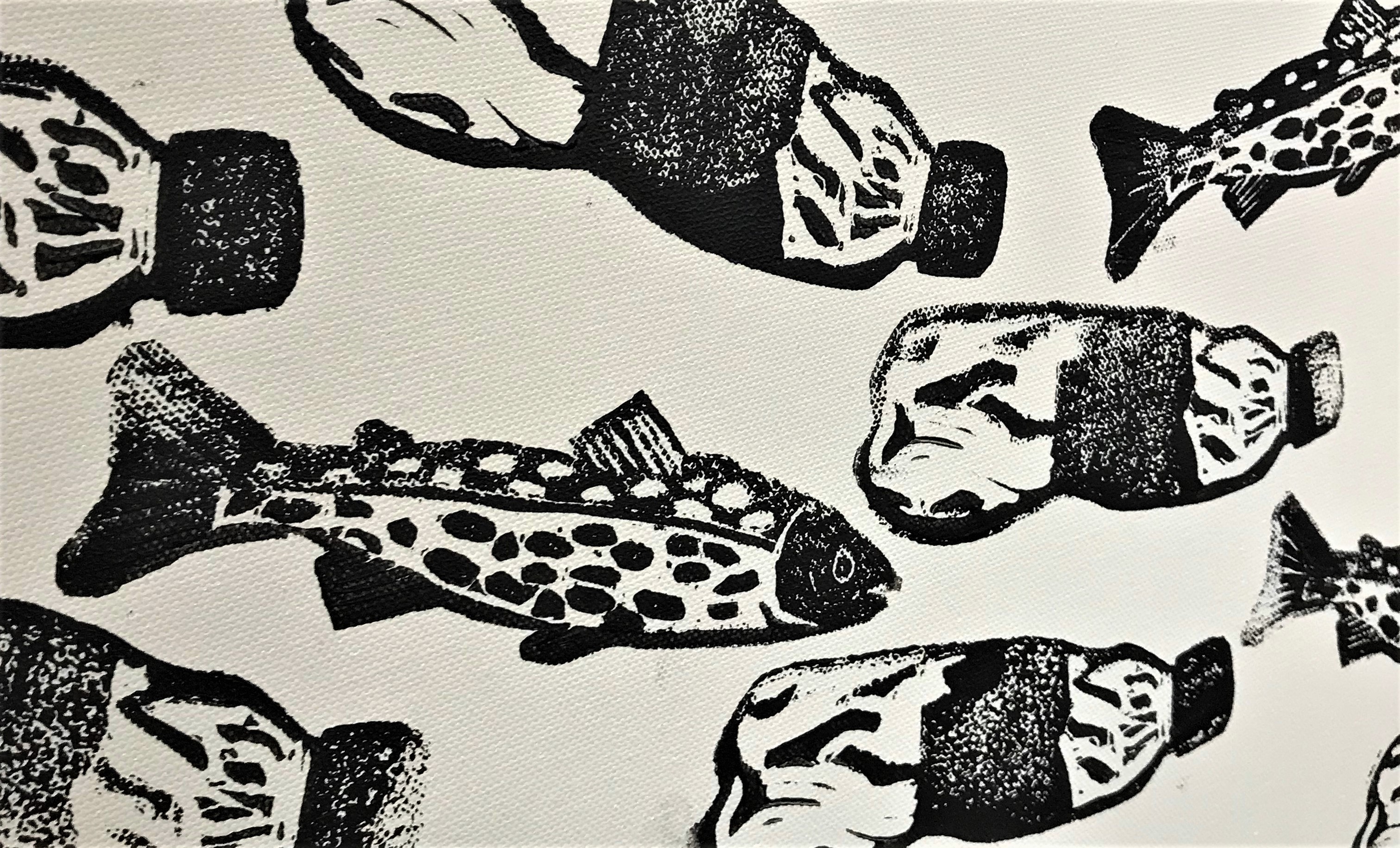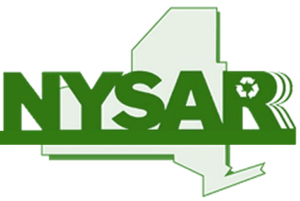 Since 1950, the production of plastics has increased exponentially. Though some of these products have benefited society, single-use plastics have resulted in a mounting wave of pollution. Across the Untied States and around the world, plastic debris is accumulating in freshwater and marine environments at an alarming rate, and New York State’s valuable aquatic resources are no exception. Items such as plastic bags, plastic bottles, polystyrene take-out containers, cigarette butts, and microplastics are impeding watersheds, harming aquatic life, posing human health issues, and diminishing NYS’s natural beauty. Learn more about this topic from the USEPA.
Since 1950, the production of plastics has increased exponentially. Though some of these products have benefited society, single-use plastics have resulted in a mounting wave of pollution. Across the Untied States and around the world, plastic debris is accumulating in freshwater and marine environments at an alarming rate, and New York State’s valuable aquatic resources are no exception. Items such as plastic bags, plastic bottles, polystyrene take-out containers, cigarette butts, and microplastics are impeding watersheds, harming aquatic life, posing human health issues, and diminishing NYS’s natural beauty. Learn more about this topic from the USEPA.
Through NYS Pollution Prevention Institute’s Community Grants Program, the SU-CSCS/EFC developed an outreach and education program, which aimed to harness the engaging and thought-provoking strengths of artist expression, to convey the connection between consumption habits and plastics pollution, to raise awareness about the impacts of plastics pollution, and to empower NYS residents to take an active role in mitigating this issue by switching to reusable alternatives.
The three main components of the program included:
- Plastic-Free Waterways Video Series: This short series depicts issues associated with four prominent single-use plastic items that are polluting NYS waterways, and it encourages viewers to make the switch to reusable alternatives.
- Art Contest & Gallery Event: College and university students from across the state helped to raise awareness by creating works of art that illuminate the issue of plastic pollution and by showing these works at a gallery in May 2018.
- Facebook Campaign: Through social media, plastics pollution information was shared and followers were encouraged to take personal steps to break free from single-use plastics.
Click to here for an overview of the “Plastic-Free Waterways Through Art” program.

Funding provided by the Environmental Protection Fund as administered by the New York State Department of Environmental Conservation. Any opinions, findings, and/or interpretations of data contained herein are the responsibility of the author(s) and do not necessarily represent the opinions, interpretations or policy of Rochester Institute of Technology and its NYS Pollution Prevention Institute or the State.

Additional support provided by the New York State Association for Reduction, Reuse and Recycling.
